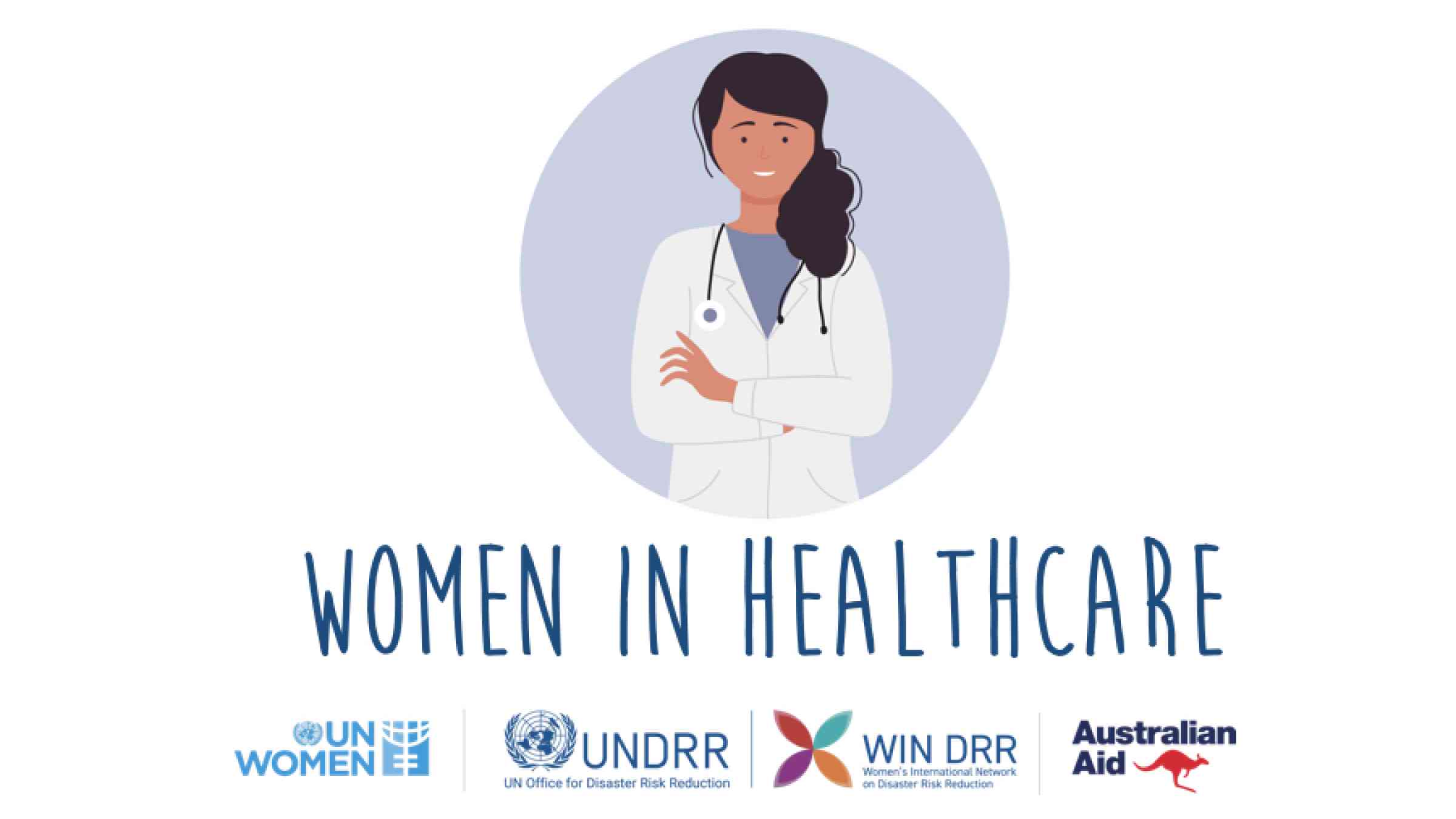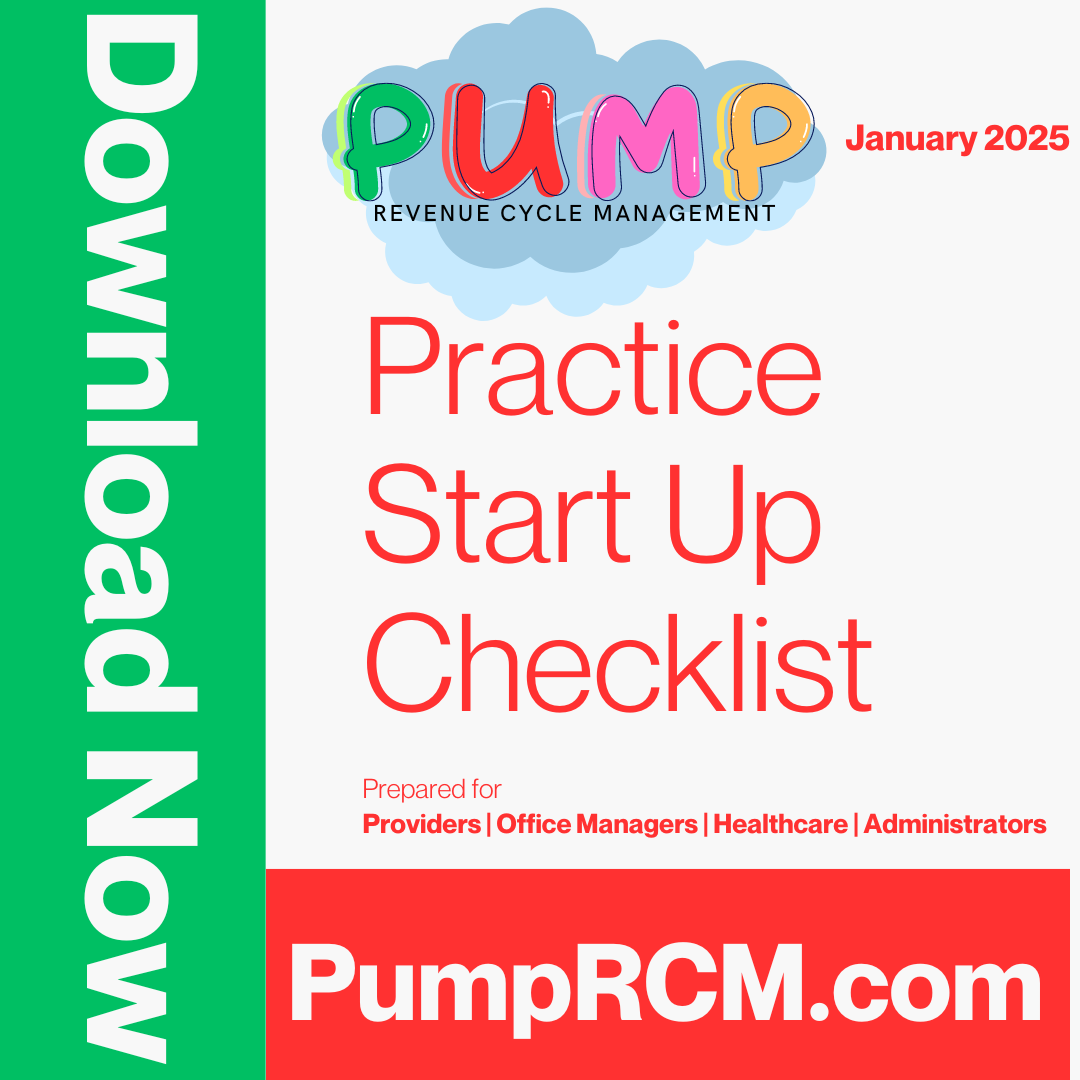Healthcare RCM Solutions for Reliable Earnings Cycle Monitoring
A Comprehensive Guide on Just How Health Care RCM Works to Improve Billing and Collections
Browsing the complexities of health care profits cycle management (RCM) is critical for service providers aiming to enhance their payment and collections processes. The guide unboxes the details of RCM, from patient registration to accounts receivable management, offering insights right into optimizing each action. Incorporating sophisticated technology and standard procedures can substantially decrease claim denials and speed up repayment cycles. Yet, real difficulty depends on effortlessly combining these aspects to enhance cash circulation. As we discover the core elements and approaches that drive efficiency, one inquiry remains: just how can healthcare entities ideal position themselves to prosper financially in an ever-evolving market?
Comprehending Revenue Cycle Administration
RCM is a critical administrative feature that includes the whole financial procedure of client treatment, from the initial appointment setting to the final repayment of the balance. It is a complex treatment created to identify, gather, and take care of the income from the solutions offered to clients.
The RCM procedure starts when a person routines a consultation and expands through the client's care journey, consisting of payment and collections. A vital purpose is to lower the time between offering a solution and getting repayment, hence improving the organization's economic health. RCM includes various functions such as patient registration, insurance coverage confirmation, fee capture, coding, asserts submission, settlement uploading, and taking care of appeals and denials.
Trick Elements of RCM
In the world of Profits Cycle Administration (RCM), understanding its essential components is fundamental to achieving economic performance within health care organizations. RCM is a comprehensive procedure that encompasses numerous phases, each vital to making sure efficient payment and collections. The key components consist of patient registration, insurance policy verification, fee capture, coding, case submission, payment posting, and receivable administration.


Once coded, claims are submitted to payers, where accuracy is paramount to stay clear of denials or hold-ups - Healthcare RCM. Payment posting includes videotaping the received payments, which allows for the settlement of accounts. Last but not least, accounts receivable administration concentrates on monitoring and dealing with unsettled insurance claims, ensuring timely follow-up and resolution
Each component of RCM is interconnected, and inefficiencies in any type of component can interrupt the entire cycle. Consequently, mastering these elements is important for healthcare providers to optimize revenue and enhance their financial health.
Techniques for Efficient Payment

Standardizing billing procedures across the organization is an additional crucial approach. Developing clear standards for paperwork, coding, and entry aids keep consistency and compliance with regulative demands. Training team consistently on click here to find out more these procedures makes sure everybody is up-to-date with the most recent adjustments in invoicing codes and payer policies.
Precise fee capture is necessary in protecting against earnings leakage. Applying routine audits and tracking systems permits the identification and improvement of inconsistencies before they influence income. Furthermore, preserving open lines of communication with payers assists to promptly fix any type of disagreements or misunderstandings that may arise.

Lastly, engaging patients early in the payment procedure by giving clear estimates and academic materials regarding their economic responsibilities can considerably decrease complication and improve payment timeliness. These strategies jointly add to an extra monetarily healthy and effective billing system.
Enhancing Collections Procedures
Offered the complexities of clinical payment and the variety of payer demands, improving the collections procedure entails implementing tactical procedures that make certain exact and prompt settlement of solutions provided. Automation devices can aid in tracking insurance claim conditions, sending timely pointers to clients, see this here and handling denials much more efficiently.
Training staff to understand the subtleties of insurance plans and payment codes is just as essential. This knowledge encourages them to resolve payment inconsistencies promptly and connect properly with people concerning their monetary obligations. Additionally, clear and transparent person interactions are critical. Supplying comprehensive descriptions of charges and providing adaptable layaway plan can increase person satisfaction and punctual repayments.
Normal audits of the collections procedure should be conducted to determine areas for enhancement and guarantee conformity with laws. By assessing data, health care organizations can recognize trends, prepare for prospective concerns, and adapt approaches accordingly (Healthcare RCM). Inevitably, a well-enhanced collections process not only sustains financial health and wellness but likewise adds to a more seamless experience for people and staff alike
Optimizing Profits Streams
Structure upon the foundation of a strong collections procedure, healthcare companies can even more strengthen their financial security by tactically maximizing profits streams. This includes a multi-faceted method, starting with a comprehensive analysis of existing profits resources to identify ineffectiveness and locations for development. Using advanced data analytics tools enables organizations to get insights right into payer mix, person demographics, and solution utilization patterns, enabling data-driven decisions that improve earnings capture.
Applying automated billing systems can pop over to these guys substantially lower mistakes and quicken claims processing, guaranteeing that profits is accumulated extra efficiently. Additionally, enhancing payer agreements via normal settlements can enhance compensation rates and terms, directly impacting the lower line. Expanding solution offerings, such as integrating telehealth or wellness programs, can also attract a broader client base, thus increasing earnings possibility.
An additional important part is improving individual interaction and fulfillment, as completely satisfied people are extra most likely to adhere to treatment strategies and make timely repayments. Using adaptable repayment options and transparent payment techniques can enhance collections and foster client loyalty. Healthcare RCM. By taking on these methods, health care organizations can develop a more resistant monetary structure, making certain sustained development and security in an ever-changing industry landscape
Final Thought
To conclude, healthcare Earnings Cycle Administration (RCM) plays a crucial function in optimizing payment and collections processes by incorporating essential parts such as individual registration, insurance confirmation, fee capture, coding, claims entry, and balance due management. By utilizing advanced innovation, systematizing procedures, and cultivating patient interaction, doctor can considerably minimize case denials, speed up settlement cycles, and enhance capital. This comprehensive method to RCM inevitably causes improved monetary effectiveness and sustainability for medical care organizations.
The RCM process begins when a person schedules an appointment and prolongs via the person's treatment journey, including invoicing and collections.An additional crucial element is boosting person engagement and fulfillment, as completely satisfied clients are a lot more most likely to stick to therapy plans and make timely payments. Providing versatile repayment choices and transparent invoicing methods can enhance collections and foster individual commitment.In verdict, medical care Revenue Cycle Management (RCM) plays a crucial role in optimizing billing and collections processes by integrating essential components such as client registration, insurance policy confirmation, fee capture, coding, declares submission, and accounts receivable management. By employing innovative modern technology, systematizing treatments, and promoting patient engagement, medical care carriers can dramatically lower insurance claim denials, accelerate settlement cycles, and improve money flow.